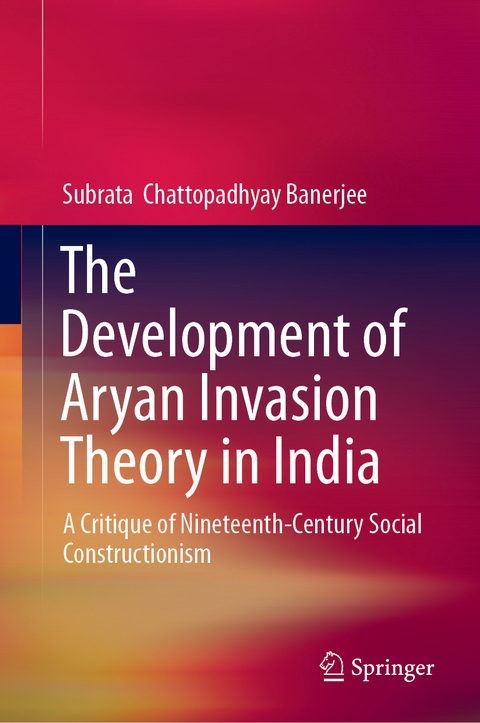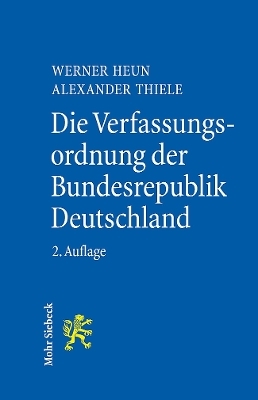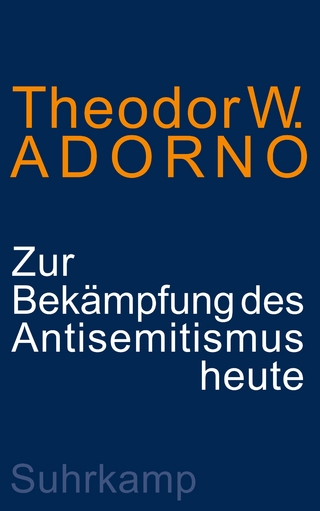
The Development of Aryan Invasion Theory in India
Springer Verlag, Singapore
978-981-13-7754-9 (ISBN)
Dr. phil Chattopadhyay Banerjee has completed her doctoral studies from RWTH Aachen University, Germany. She graduated with a Bachelor of Arts from Calcutta University, India and has a Master of Arts with specialisation in Modern History from Rabindra Bharati University, India. Her research interests are broadly in the domains of South-Asian History, Indo-European Socio Religious-Cultural Exchange, Linguistics research and History of Technology in the 19th century. She has given several keynote speeches and invited seminars in these areas. She was affiliated as a Research Fellow in the Wee Kim Wee Centre, Singapore Management University, where she studied the topic of “A Historical Study into the Emergence of Creativity during Cultural Conflict and Integration”. Presently she is pursuing her Postdoctoral research at Nanyang Business School, Singapore, studying the growth of German Economy and their Business Cultural in comparison with Japan.
1 Introduction.- 2 Max Müller’s Beginning of Modern Religious Study and the Silent Formulation of Aryan Invasion Theory.- 2.1 Introduction.- 2.2 Curiosity to Common Past: The Study of Ancient Indian Literature in Europe.- 2.3 Emergence of Max Müller in European Scientific Scene.- 2.4 Max Müller’s First Synthesis: Science Of Language.- 2.5 Max Müller’s Second Synthesis: Science or Religion.- 2.6 Max Müller’s Silent Formulation of Aryan Invasion Theory.- 2.7 Conclusion.- 3 Brahmo Samaj as an Actor in the Dissemination of Aryan Invasion Theory In India.- 3.1 Introduction.- 3.2 A Short Overview of Brahmo Samaj.- 3.3 The Coagulation of Brahmo Samaj: From Conflict To Collaboration With Christian Missionaries.- 3.4 Keshub’s New Synthesis: Making Brahmo Samaj Really Universal.- 3.5 Aryan Invasion Theory and its Contradiction With Christianity.- 3.6 Using the Tools of British Empire: The Politicization of Brahmo Samaj.- 3.7 Summary.- 4 The Role of Christian Missionaries Towards Formulation andSpreading of Aryan Invasion Theory in India.- 4.1 Christianity in 19th Century Europe.- 4.2 Oxford Movement.- 4.3 Colonial Missions.- 4.4 History of Christian Missions In India.- 4.5 Missionary Interest in India: Methods and Outcome.- 4.6 Initial Setback of Missions: Insurmountable Obstacles.- 4.7 Interaction With Indian Social Reformers.- 4.8 Intellectual Conflict Between Missionaries and Social Reformers.- 4.9 Educational Reform Movement: A New Strategy.- 4.10 Christianity and Colonialism in India.- 4.11 Discovery of Aryan Invasion Theory.- 4.12 Müller’s Role in Linguistic Studies: Colonial Ties.- 4.13 Reactions of Christian Missionary Groups to Aryan Myth.- 4.14 Aryan Invasion Theory and the Role of Christian Missions In India.- 4.15 Vedantist Movement in Calcutta After Rammohun.- 4.16 Reactions of Social Reformers: Dayanand Saraswati, Bal Gangadhar Tilak, Jyotirao.- 4.17 Divide and Rule.- 4.18 Adoption By Christian Missionaries: A New Method.- 4.19 Müller’s Communications With Social Reformers in India and the Propagation of Aryan Invasion Theory.- 4.20 Conclusion.- 5 Summary.- 5.1 Extending the Research on Max Müller 179.- 5.2 Future Directions.
| Erscheinungsdatum | 04.06.2019 |
|---|---|
| Zusatzinfo | 1 Illustrations, black and white; X, 167 p. 1 illus. |
| Verlagsort | Singapore |
| Sprache | englisch |
| Maße | 155 x 235 mm |
| Themenwelt | Geisteswissenschaften ► Philosophie |
| Sozialwissenschaften ► Politik / Verwaltung ► Politische Theorie | |
| Sozialwissenschaften ► Politik / Verwaltung ► Vergleichende Politikwissenschaften | |
| Sozialwissenschaften ► Soziologie ► Spezielle Soziologien | |
| Schlagworte | 19th Century Europe • 19th century India • Aryan invasion theory • Christian missionary organisations • Comparative epistemology • Culture and imperialism • Entangled History • History of Culture • Intellectual history • Modern human history • Political History • post-colonial studies • Social construction of theory • Social reformation movement in India |
| ISBN-10 | 981-13-7754-5 / 9811377545 |
| ISBN-13 | 978-981-13-7754-9 / 9789811377549 |
| Zustand | Neuware |
| Haben Sie eine Frage zum Produkt? |
aus dem Bereich


